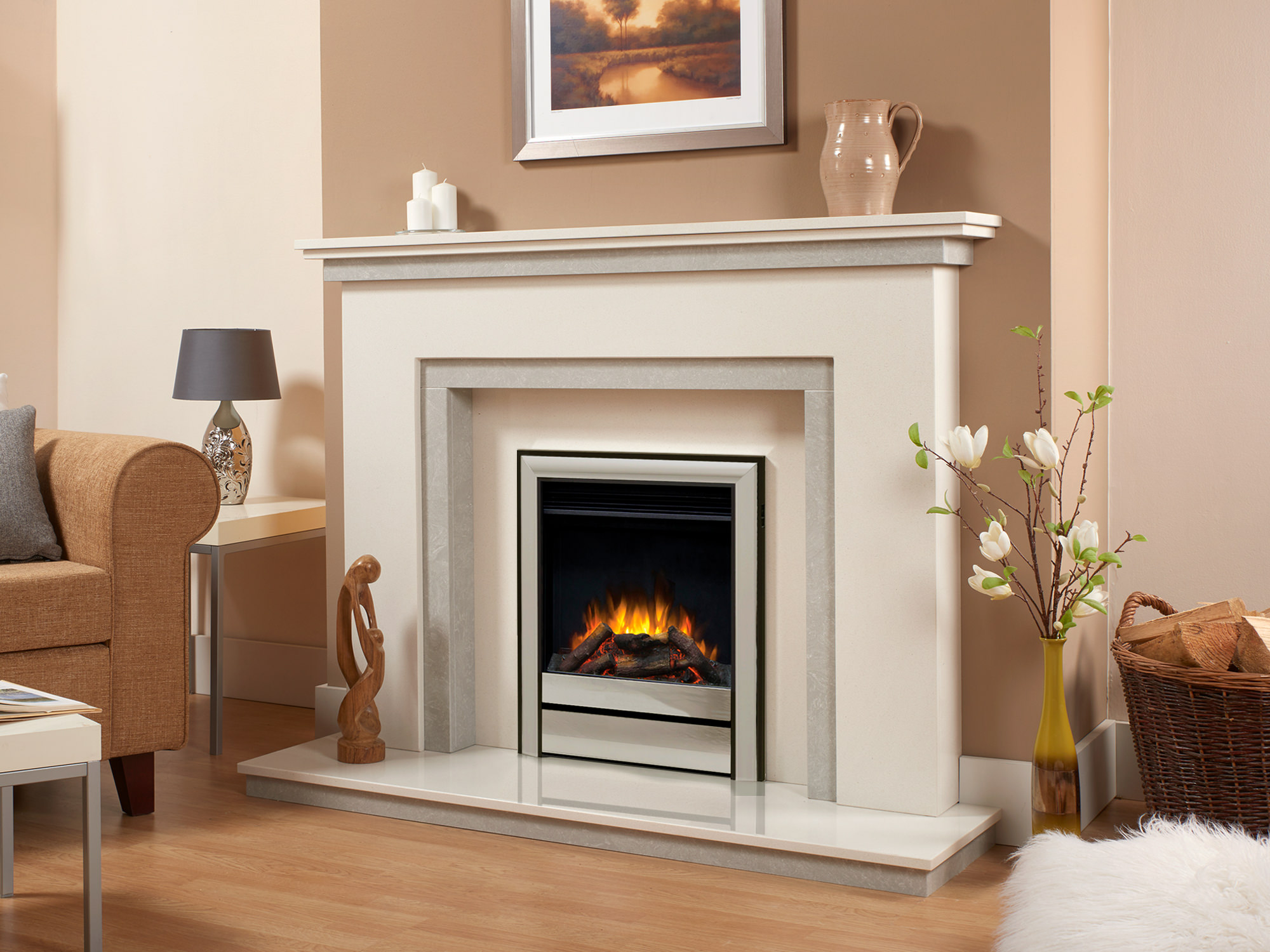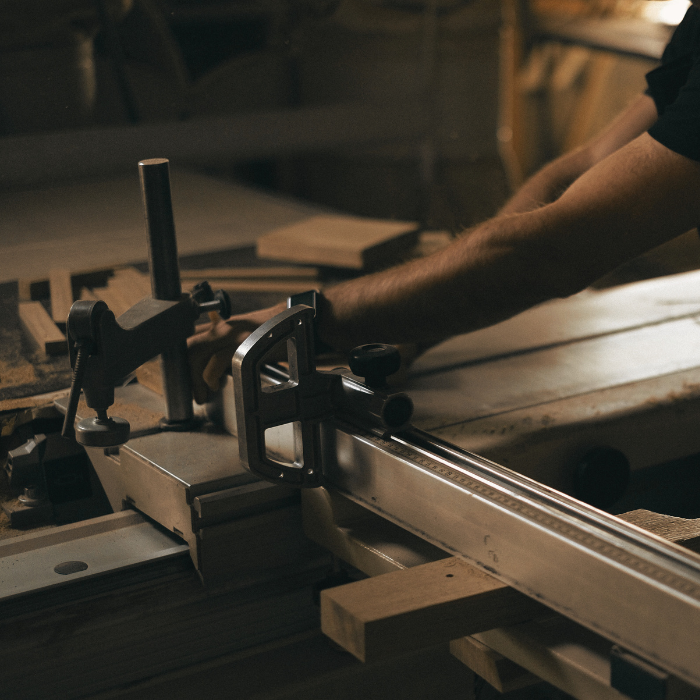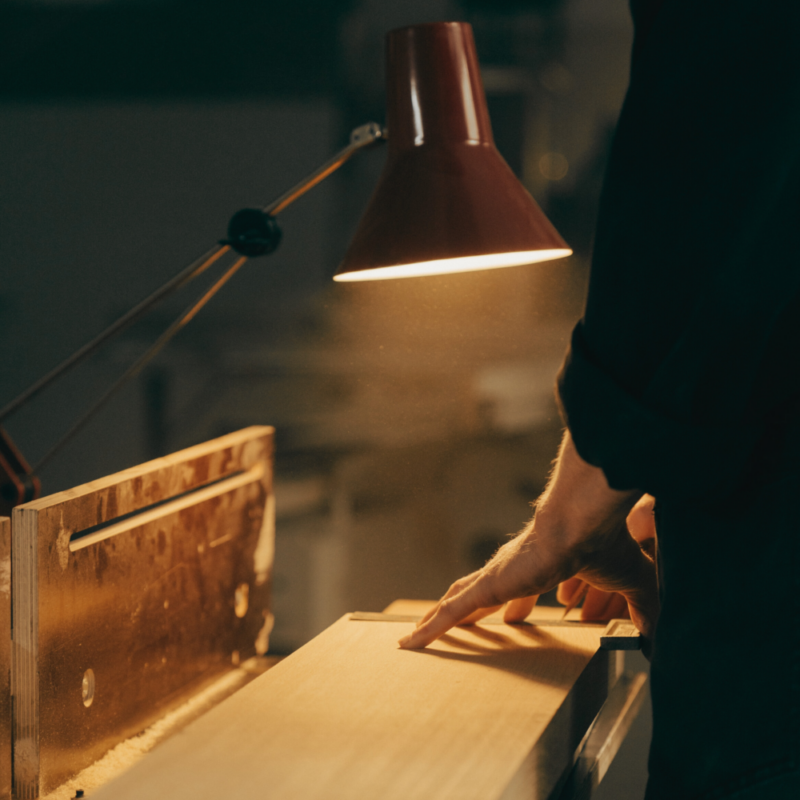I was asked this question not so long ago. Typically, the answer is not straightforward. Historically, it was always stated liners could only be joined by the manufacturer to order, particularly when the required length was greater than the standard coil. However, today some liner manufacturers and stockists offer jointing pieces for the purpose. Is this kosher I hear you ask? Having research this question it appears the simple answer is – ‘so long as the manufacturer agrees and you are using their specific component’. In other words – do not be tempted to cobble together parts from other products or from third-party suppliers. Remember, the weight of the liner is suspended from the top and any joint must therefore be capable to holding the sections secure and remain gas tight. Similarly, any surface damage caused by screws will increase the risk of localised corrosion.
Virtually all flue manufacturers offer a design service and are happy to advise installers on recommended practice. Therefore, use only their own components and follow installation instructions. But beware, not all manufacturers recommend this practice. Of course, this question is subject to whether you are installing a liner or you come across an existing job where a joined liner is already fitted. Commonly, you will have no idea whether the installer has taken advice from the manufacturer, nor what parts have been used and whether the joint is gas tight.
All you can reasonably do is to ensure the flue is clear and clean and there is sufficient draught for safe effective operation. Of course, in practice you will be unable to determine whether the liner is joined anyway.
If there appears to be a problem which could to be indicated leaking flue gasses at any joint or corrosion due to condensation then obviously the flue would be condemned as unfit for purpose. Another issue which arises from time to time concerns flexible liners fitted upside-down. There is a 50/50 chance of getting it wrong but too often the installer makes this fundamental mistake. Sadly, on unsupervised projects I believe the fitting of the liner is left to the least experienced team member.
Many manufacturers mark the outside surface wit
h an arrow indicating which way up it should point but the best indicator is the direction in which the internal overlapping leaves point. The best explanation is to imagine the leaves resemble roof tiles which overlap in order to prevent rain entering the house. Similarly, it is imperative that any condensate is unable to seep into the space between the inner and outer surfaces of the twin-wall construction. Acidic condensate entering this annular will shorten the life expectancy of the material and invalidate the manufacturer’s warranty. Lastly, I am often asked about the necessity to insulate flexible liners. Most liner manufacturers do not make this mandatory and leave it to the installer to decide. As a guide my advice is to consider whether there is a risk that flue gasses will be exposed to low temperatures, thus exacerbating the risk of condensation and corrosion.
If a chimney is situated on a North facing wall, exposed to cold winds, it is possible for the brickwork to be chilled which will affect the temperature of the flue gasses. These gasses require a minimum temperature to maintain buoyancy and up-draught. Cold flue gasses become heavy and are less inclined to rise rapidly to atmosphere which will impact on appliance performance. Added to this, modern high efficiency appliances by definition send less heat up the chimney, therefore cooler flue gasses result. In such cases, I would recommend insulating the liner.
Alternatively, in a terraced or semi-detached property the chimney is surrounded by warmer internal rooms and therefore heat losses from the chimney are reduced. Insulation is less imperative, but will do no harm. I am sometimes asked about the risk of
Vermiculite absorbing moisture and causing dampness in the chimney. My answer is simple – there should be no moisture present in the chimney! If water is present it can only come from three places, all of which can be addressed.
1. Rain entering via the pot, which is less of a risk that many believe, but can be resolved by
fitting a suitable rain-cap to the terminal. However, sometimes rain caps can create a restriction
which would reduce the draught.
2. Rising damp, which is a construction issue.
3. Water ingress from leaking lead flashings around the chimney stack. I believe this is the most common cause and often goes unresolved due to the inability of roofers to understand the nature of the problem. During wet weather, large quantities of water flow down the roof which is shed by the lead-work. Any hair-line crack in the lead will allow water to penetrate by capillary action allowing the brickwork to become saturated. Also, flashings which are inadequately bedded into the pointing will allow water to seep in behind the mortar. In both scenario water will soak through into the flue resulting in dampness.
Jim Lambeth
NACS Technical Advisor
e: [email protected]
“We hope you enjoyed this article. Please share your tips, questions and comments below”.











